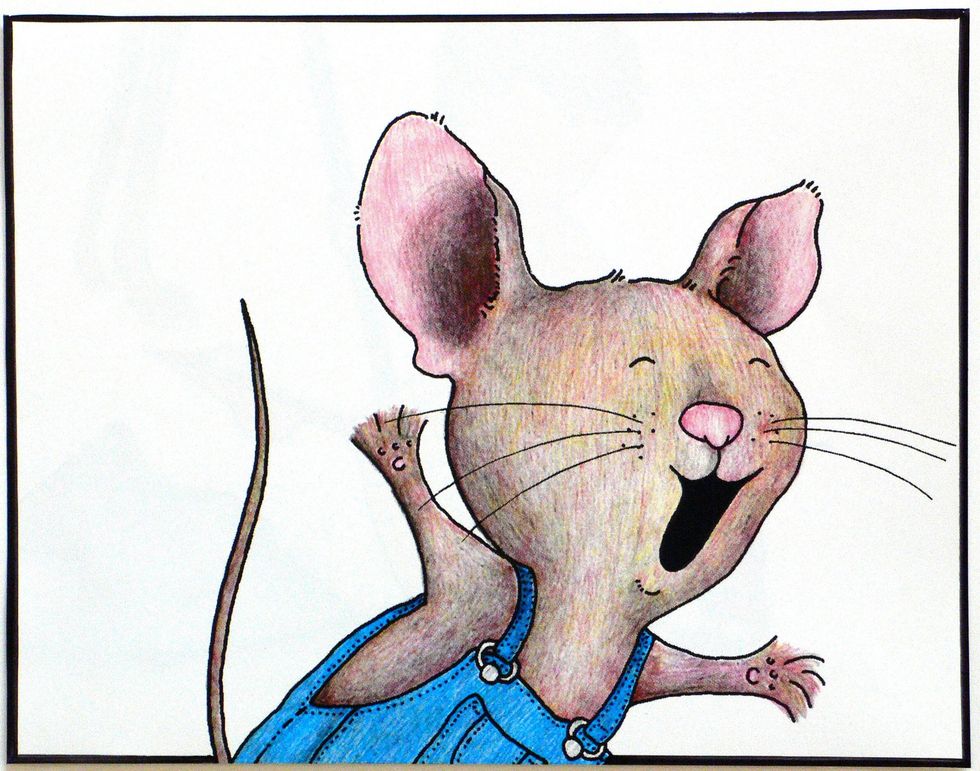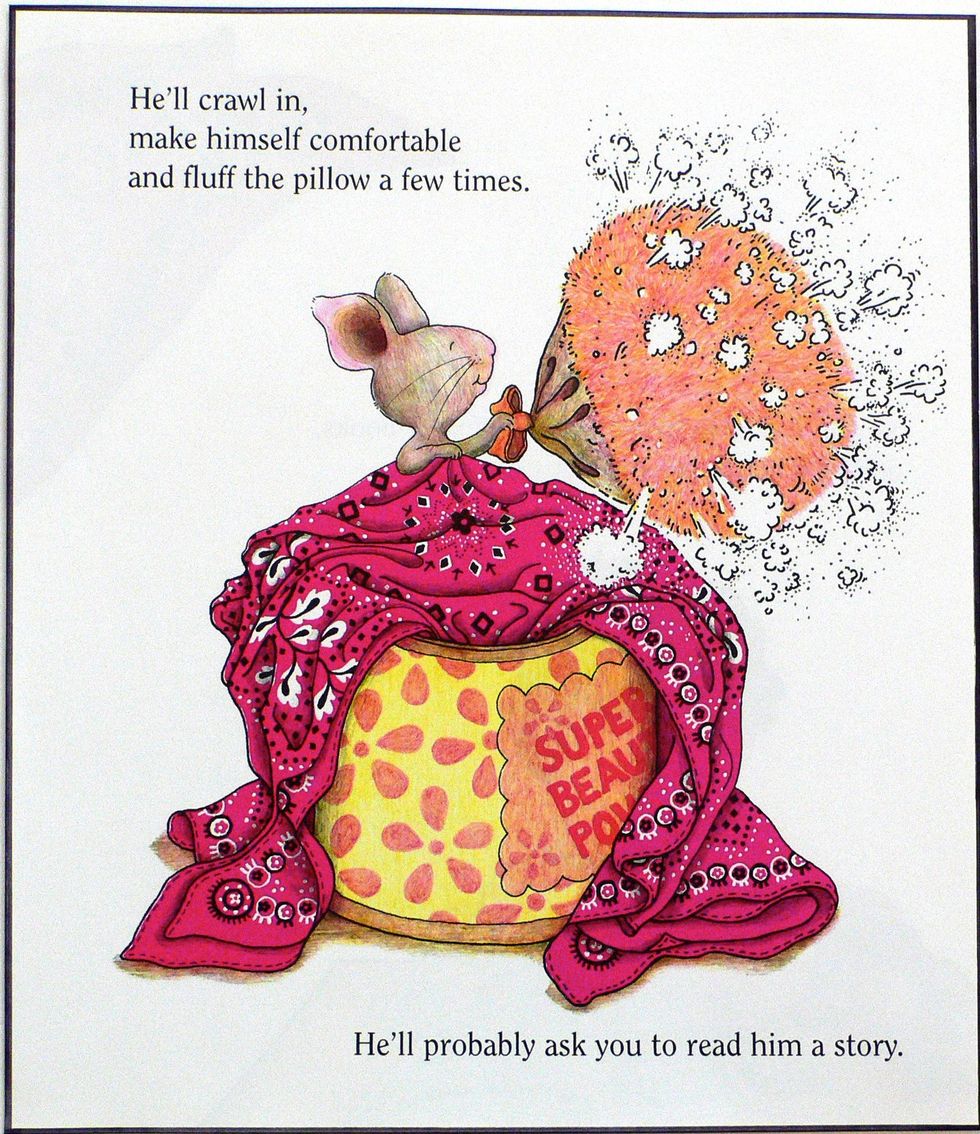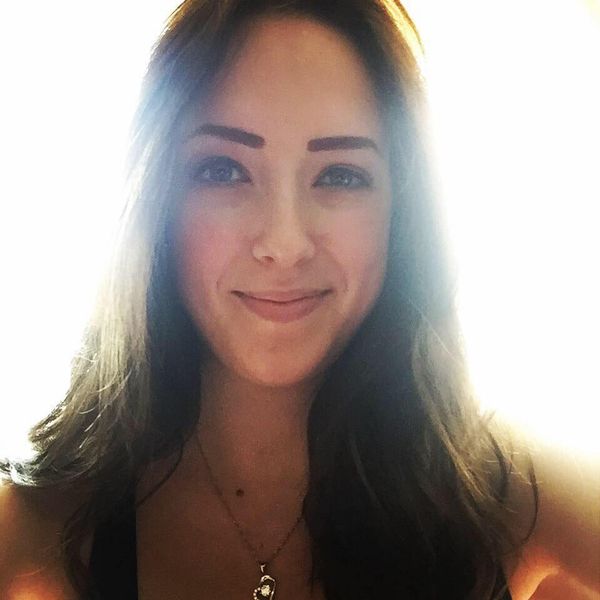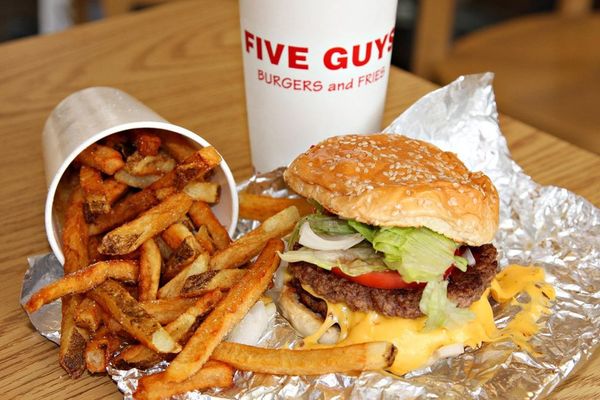― Carolyn MacCullough, Once a Witch
For the last couple weeks, I've been discussing Halloween and how much I love the holiday. Now, Halloween is here but how many of you know the history of Halloween and what it's all about?
2,000 years ago the Celtics, A group of people who inhibited a good percentage of Europe and Asia during pre-roman times, celebrated the holiday Samhain. For those of you who don't know, Samhain is the first day of November, it marks the end of summer and the beginning of winter. Celts believed that on October 31st they believed ghost and spirits of the dead returned to the earth. They believed that the spirits of the dead was the cause of trouble and damaged crops. They also believed that during this time it would be easier for Celtic priest, known as Druids, to make predictions about the future. Which back in this time was useful considering that the winter represented with the dark, cold, and human death. The predictions was a source of comfort
So how exactly did they celebrate Halloween? Well my first answer is not with candy. The Celts built sacred bonfires that were huge. People gathered to burn crops and animals as sacrifices to the Celtic deities. Now here's where the costumes come in. They weren't dressing up as vampires or werewolves but they were wearing animal skins and heads, and they tried to tell each other's fortunes. Once the fires were gone, and the festivities were over the relit the hearths and prayed for the sacred bonfire to protect them during the winter.
So around 43 A.D., the Roman Empire had conquered the majority of Celtic territory, and two festivals of Roman origin were combined with the traditional Celtic celebration of Samhain. The first was Feralia, a day in October when the Romans traditionally honored the passing of the dead. The second festival was a day to honor Pomona, the Roman goddess of fruit and trees. Pomona is symbolized by the apple and so when I was thinking about this, it made a bit more sense. This is most likely where the idea of “bobbing” for apples came from.
Now we go to 609 A.D., Pope Boniface IV dedicated the Pantheon in Rome in honor of all Christian martyrs, and the Catholic feast of All Martyrs. Pope Gregory III to include all saints as well as all martyrs, this is where All Saints Day would come to be. During the 9th century the influence of Christianity had spread into Celtic lands, and another merge of traditions and cultures occurred. Before All Saints Day came to be, November 2nd was made to be All Souls Day. This occurred about 1000 A.D. This day was to honor the dead, (are you seeing the general theme yet?). It is widely believed today that the church was attempting to replace the Celtic festival of the dead with a related, but church-sanctioned holiday. All Souls Day was celebrated similarly to Samhain. There were big bonfires, parades, but now there were a change in costumes. Instead of animal skins and heads, they were dressing up as Angels and Devils. The All Saints Day celebration was also called All-Hallows Eve in till it was finally called Halloween.
Halloween wasn't really celebrated in America, it wasn't really in till millions of Irish came to America fleeing the potato famine that Halloween became popularized. Not only the Irish, but as many immigrants from Europe and Asia came to America, so did their traditions. Here is where America being a melting pot comes into play. American's started to take on English and Irish traditions and started dressing up in costumes and began going house to house asking for food and money. Why? I honestly have no idea. This became known as Trick or Treating later on, as the good and money around the 1920's a revival of trick and treating happened but now with candy. In the 1880's America wanted to kind of erase the witchcraft, Celtic, ghost part to Halloween, and make it into more of a community oriented holiday, and it eventually evolved into the Halloween that we know and love today.
So now that you know the history of Halloween, and you have several ideas on what to do on Halloween, and even have a bunch of throwback movies to watch on Halloween, I think you're all prepared to properly pay celebrate Halloween. So Happy Happy Halloween Everyone! Stay Safe, Have Fun, And All The Love To Everyone.
Sources:
"Halloween." The History Channel. N.p., n.d. Web. 28 Oct. 2016.
"Welcome to Folklife Today," by Stephen Winick (includes references to and updates on this article on Halloween), Folklife Today, October 30, 2013.
Santino, Jack. "Halloween: The Fantasy and Folklore of All Hallows (The American Folklife Center, Library of Congress)." Library of Congress Home. N.p., 27 Apr. 2005. Web. 28 Oct. 2016.



 Photo by
Photo by  Photo by
Photo by  Photo by
Photo by  Photo by
Photo by 















